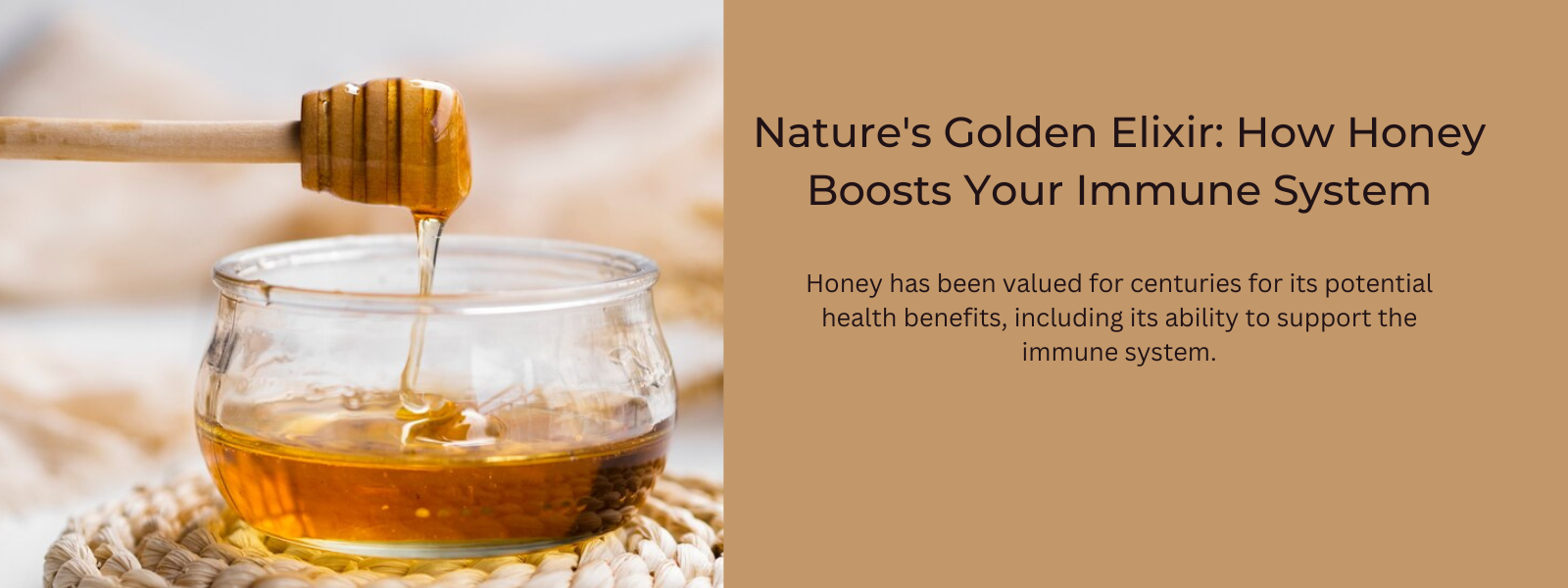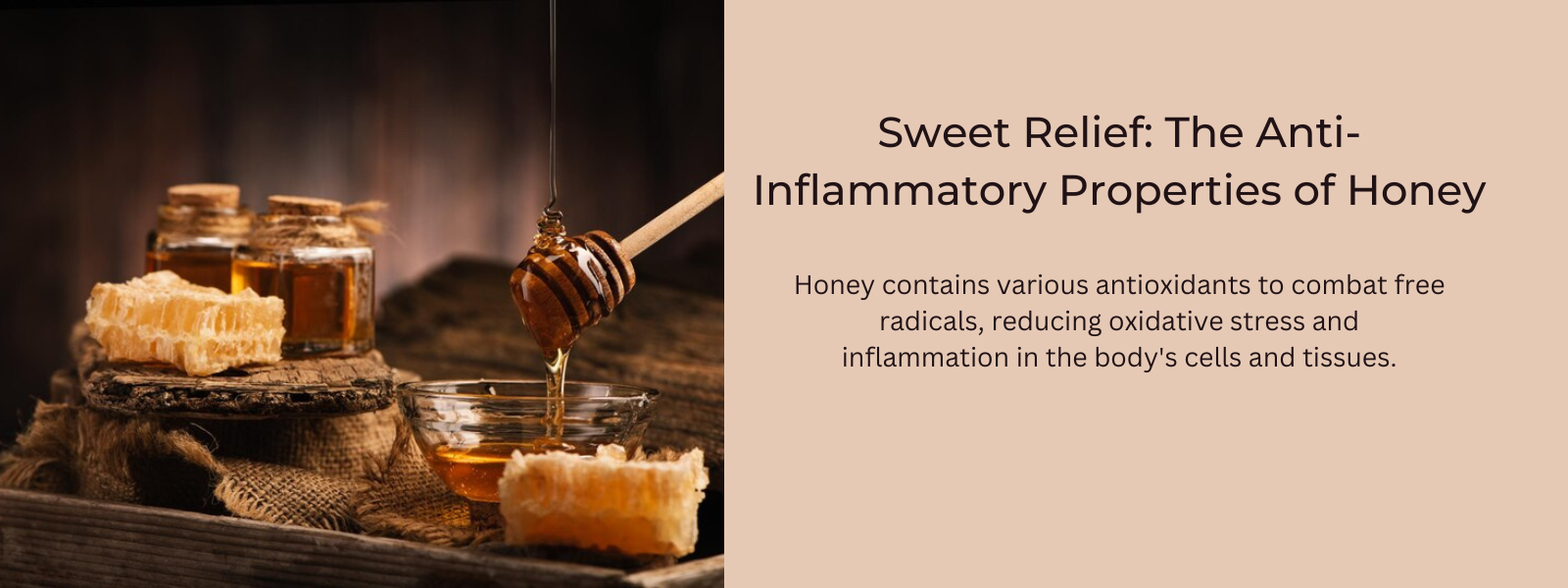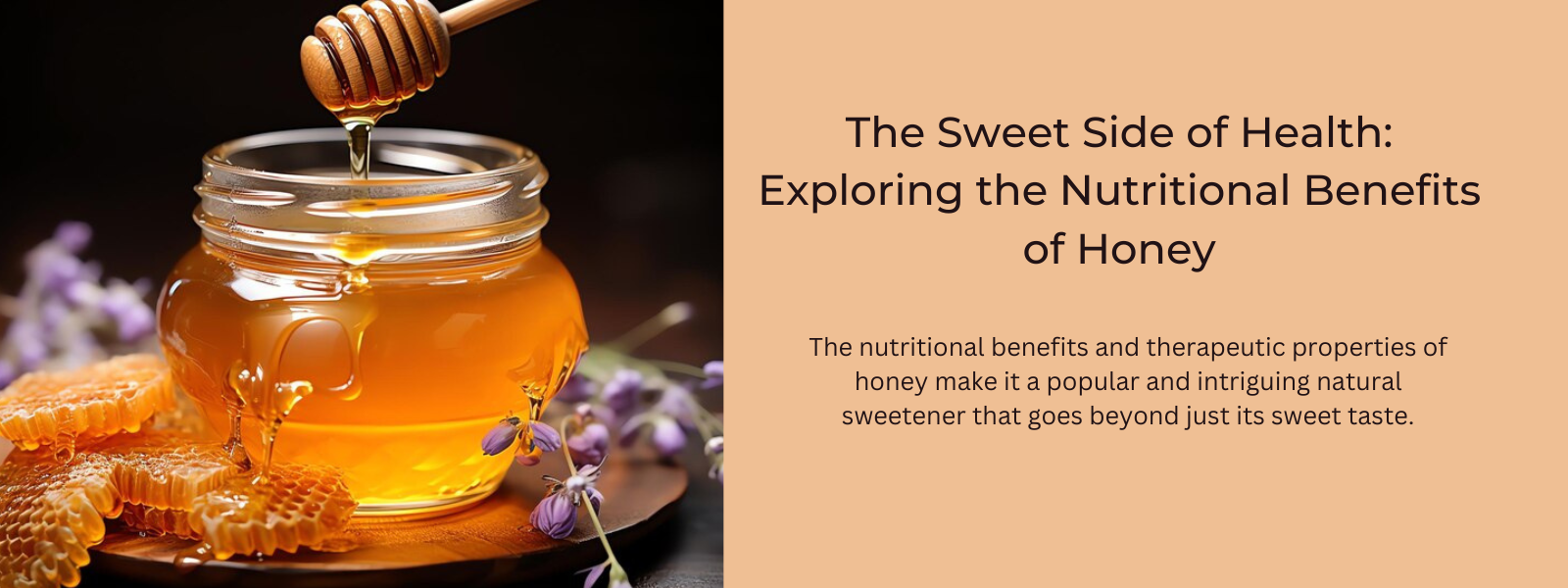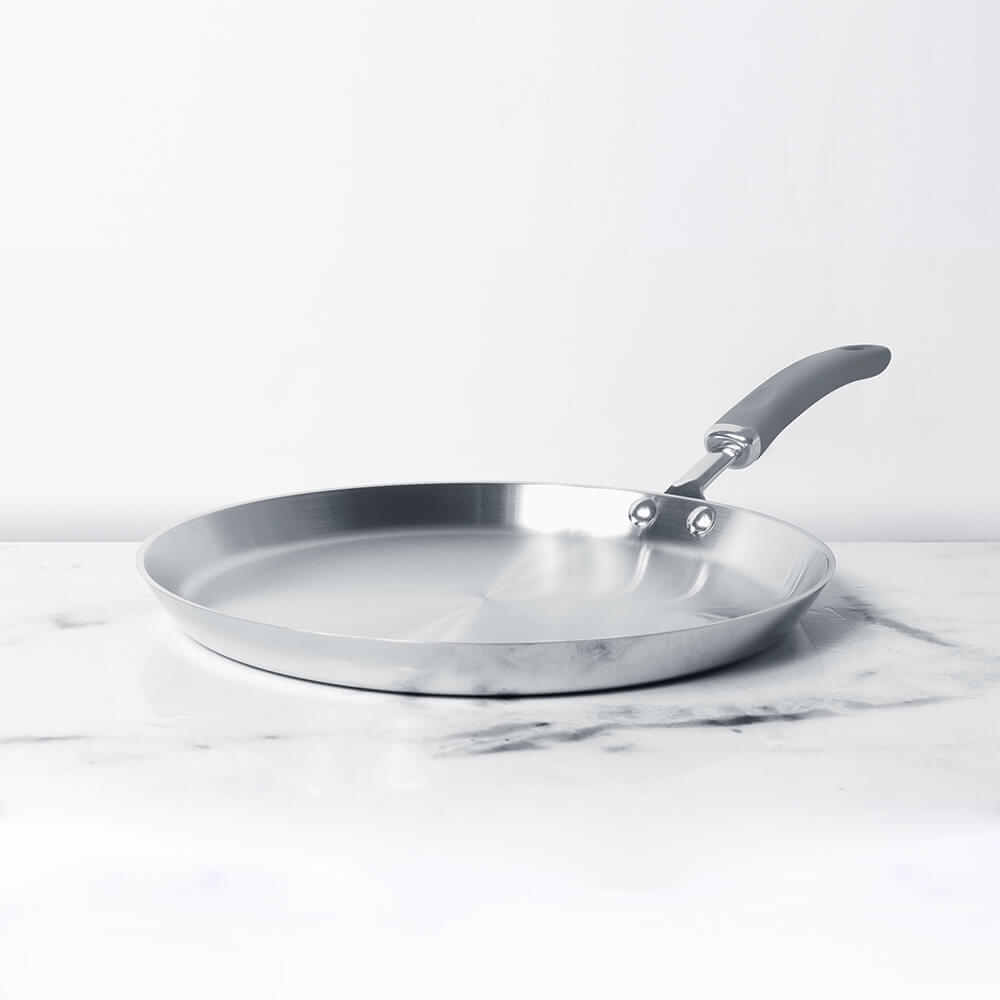Honey is a natural, viscous, and sweet substance produced by honey bees using nectar from flowers. It's composed primarily of sugars such as glucose and fructose, along with trace enzymes, vitamins, minerals, and antioxidants. Renowned for its medicinal properties, honey has been utilized for healing purposes for centuries. Its antibacterial, anti-inflammatory, and antioxidant characteristics make it an effective aid in wound care and healing. Honey's antimicrobial properties inhibit the growth of bacteria, promoting a sterile environment for wound healing. It also reduces inflammation, soothes tissues, and accelerates the healing process by promoting cell growth and tissue regeneration. Its osmotic effect aids in drawing moisture from the wound, helping to keep it clean and preventing bacterial growth. Honey has been used topically as a natural dressing for various types of wounds, burns, and ulcers, aiding in faster healing, reducing infection risk, and minimizing scarring.
Table of Contents
The Healing Touch of Honey
Honey's remarkable healing properties lie in its diverse composition and natural properties. It serves as more than just a sweetener; it acts as a natural healer due to its unique blend of enzymes, antioxidants, and antibacterial agents. These components work synergistically to provide numerous healing benefits. Honey's natural acidity, low moisture content, and the presence of hydrogen peroxide contribute to its antibacterial properties, effectively inhibiting the growth of bacteria and preventing infections. Its anti-inflammatory attributes aid in reducing swelling and soothing irritated tissues. Moreover, honey's hygroscopic nature draws moisture away from wounds, creating an environment unfavorable for bacterial growth and promoting healing by keeping the wound area clean and aiding tissue repair. Additionally, certain types of honey, like Manuka honey, contain unique compounds that enhance its healing potential.
Are All Types Of Healing Equally Good?
While all types of honey contain natural sugars and possess some degree of antibacterial properties due to their low pH and hydrogen peroxide content, not all honey exhibits the same level of effectiveness in wound healing or other medicinal uses. Certain types, like Manuka honey or raw unprocessed varieties, may offer superior benefits due to their specific chemical composition and higher levels of bioactive compounds. Therefore, the choice of honey for specific therapeutic purposes might depend on the desired health benefits and intended use. Always ensure to select high-quality, authentic honey from reputable sources for optimal health benefits.
Can You Use Honey For Wound Care?
Yes, honey can be used for wound care and has been used historically for its therapeutic properties. Honey possesses natural antibacterial, anti-inflammatory, and wound-healing properties, making it beneficial for certain types of wounds.
What Makes Honey Suitable For Wound Care?
Here's why honey can be used for wound care:
- Antibacterial Properties: Honey contains hydrogen peroxide, low pH, and other components that create an inhospitable environment for bacteria, inhibiting their growth and reducing the risk of infection.
- Anti-Inflammatory Effects: Honey's anti-inflammatory properties help reduce swelling, ease pain, and soothe irritated tissues around the wound.
- Wound Healing: Honey promotes wound healing by stimulating tissue regeneration, aiding in the formation of new blood vessels, and accelerating the healing process.
- Moisture Retention: Honey's hygroscopic nature helps maintain a moist environment around the wound, which is conducive to the healing process.
How Can You Use Honey For Wound Care?
Using honey for wound care involves a simple process but requires attention to hygiene and proper application. Here's a general guide:
- Clean the Wound: Ensure the wound is clean and free from debris or foreign particles. Rinse it gently with mild soap and water or a saline solution.
- Select the Right Honey: Choose high-quality medical-grade honey, preferably sterile, for wound dressing. Manuka honey, known for its potent antibacterial properties, is often used for wound care.
- Application: Apply a thin layer of honey directly onto the wound surface. Ensure the wound is covered entirely but not excessively. You may apply the honey with a sterile spatula or dressing pad.
- Cover the Wound: Once the honey is applied, cover the wound with a sterile gauze or non-adhesive dressing to protect it and keep the honey in place.
- Change Dressing Regularly: Reapply honey and change the dressing at least once or twice a day, depending on the severity of the wound. Monitor the wound's progress and consult a healthcare professional if needed.











Leave a comment